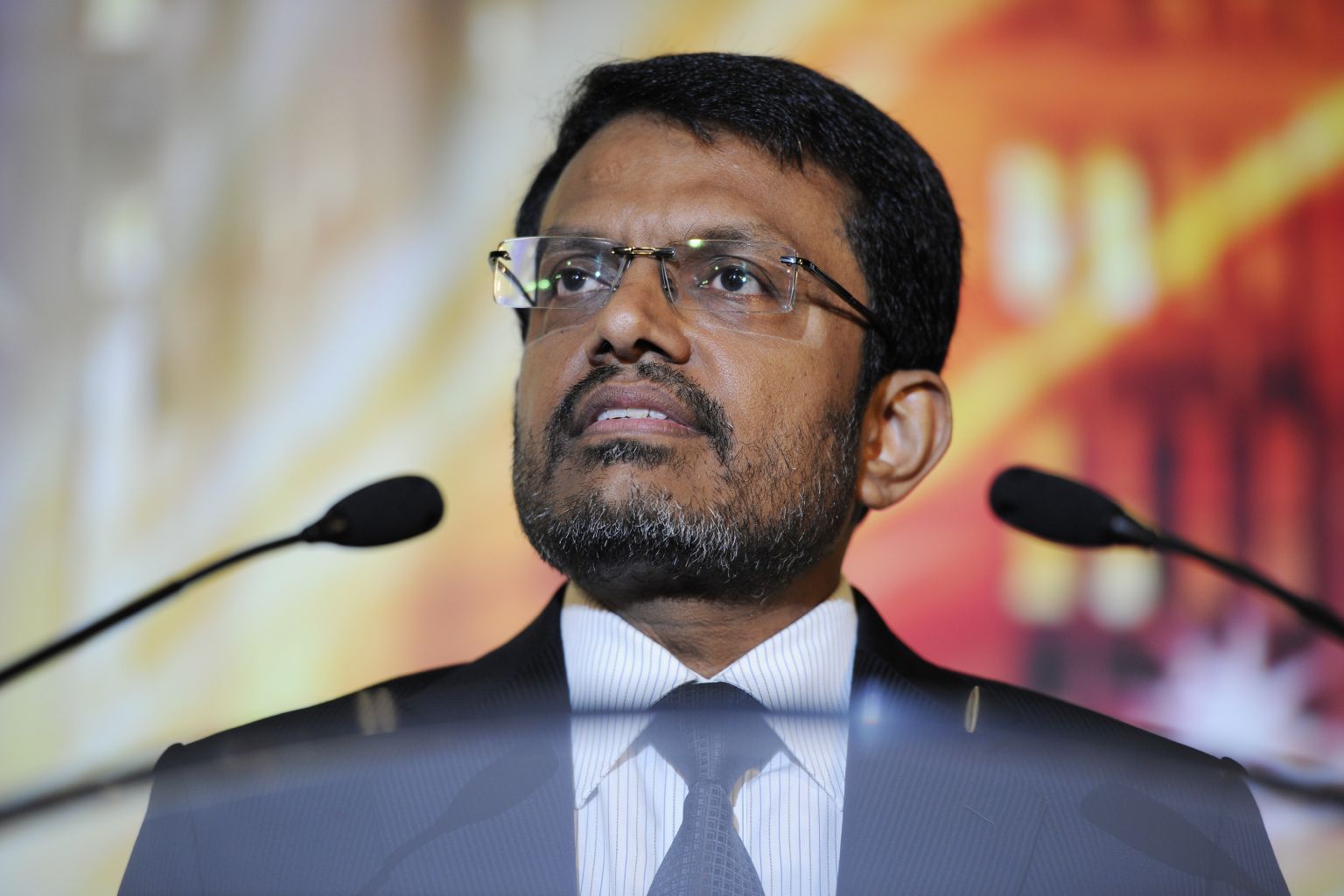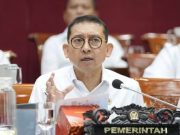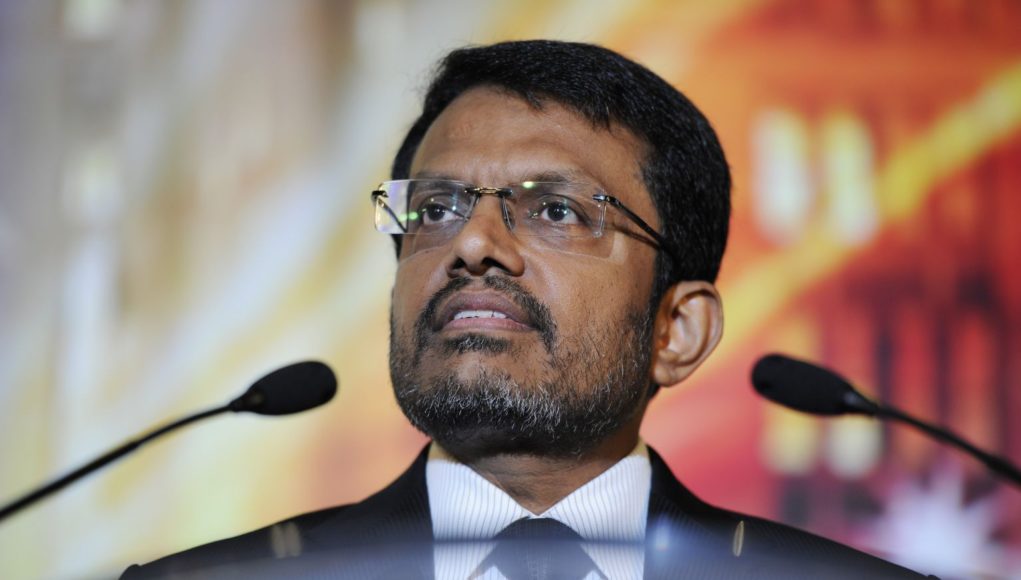(Singapore 27 May 2023)The real economy and the financial economy are like parallel universes with many transmission channels across these two universes that we are only beginning to understand, Ravi Menon, Managing Director of Monetary Authority of Singapore has said.
“In the movie ‘Everything, Everywhere, All at Once’, we are told that parallel universes exist because every life choice creates a new alternative universe. Thankfully, the global economy and financial system are not as complicated as the multiverse,” he said at the 10th Asian Monetary Policy Forum last Friday.
However, achieving coherence across policies through an integrated framework is key to minimising the risk of repeated bouts of financial and economic crises feeding on each other. It is not easy but probably not as difficult as jumping across the multiverse.”

To achieve both the objectives of price stability and financial stability, he mentioned three possible approaches for monetary policy: to keep monetary policy focused on price stability and leave financial stability to microprudential regulation and supervision; to include financial stability in addition to price stability as an objective of monetary policy; to keep monetary policy focused on price stability and use macroprudential policies to secure financial stability.
The experience of the last decade has, if anything, underscored the importance of the nexus between monetary policy and financial stability. To borrow a phrase from a recent award-winning movie, everything seems to be related; there are financial vulnerabilities everywhere; and economic and financial shocks seem to happen all at once.
“Okay, that sounds exaggerated, but I think you get my drift,” he said.
As with the multiverse, there is much that we do not know about the complex interactions between the real economy and the financial system and their implications for price and financial stability. But policymakers are not entirely clueless.
Singapore does not have a formal integrated policy framework but there has been an intuitive coherence across monetary, fiscal, and macro-financial policies. This has helped to secure both price stability and financial stability through various crises. Close consultations on the state of the economy across the respective policy-making bodies and a common ethos of prudence has helped to achieve this policy coherence without resorting to formal policy co-ordination.
Monetary policy is centred on managing the exchange rate to ensure price stability over the medium-term. It is set by MAS. Foreign exchange intervention is carried out in support of the monetary policy objective of price stability and not for any macro-financial purposes. There is no explicit inflation target but the track record of keeping core inflation relatively stable and, on average, just below 2% over the last thirty years has underpinned the MAS’ policy credibility, he said.
Fiscal policy seeks to promote macroeconomic stability, sustained economic growth, and social equity while maintaining a balanced budget. It is set by the Ministry of Finance (MOF). The Constitution prohibits the use of public debt for government expenditure except for a narrow class of long-term infrastructure projects.
Macro-financial policy comprises essentially of macroprudential measures aimed at promoting a sustainable property market. These measures are co-ordinated across the MAS, MOF, and Ministry of National Development (MND). The macroprudential toolkit comprises loan-to-value limits, debt servicing limits, buyers’ and sellers’ stamp duties, and adjustments in land supply.





































